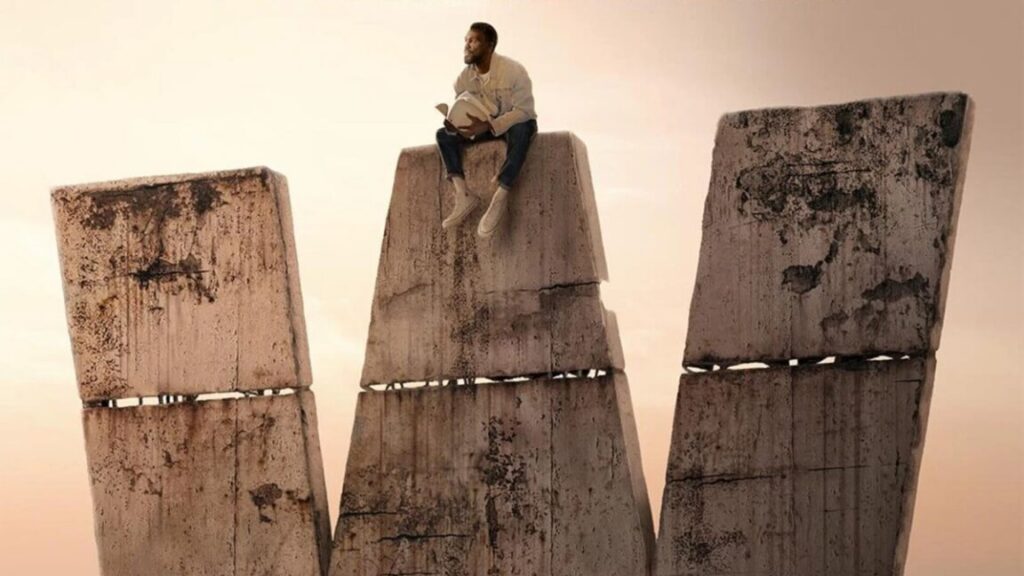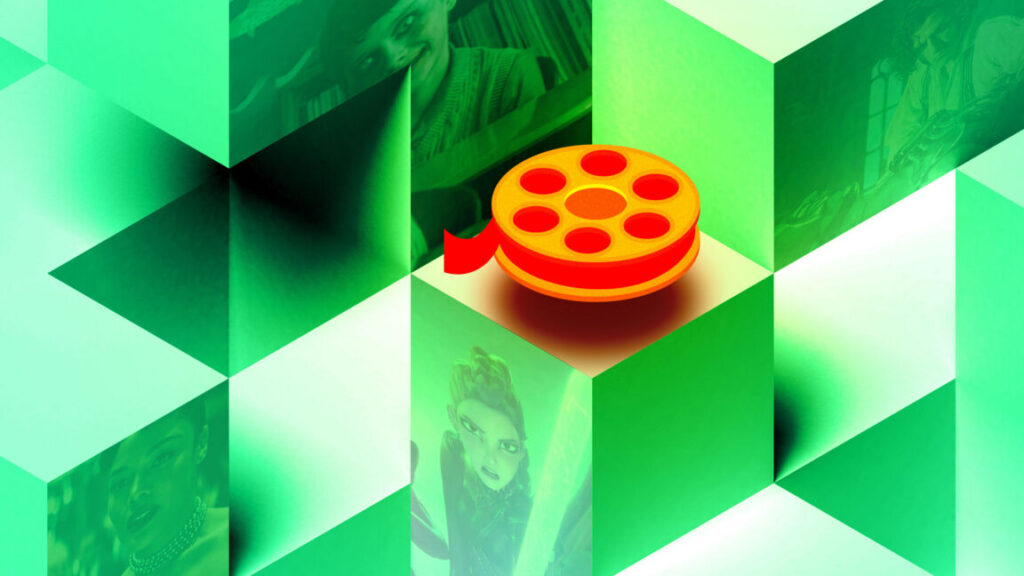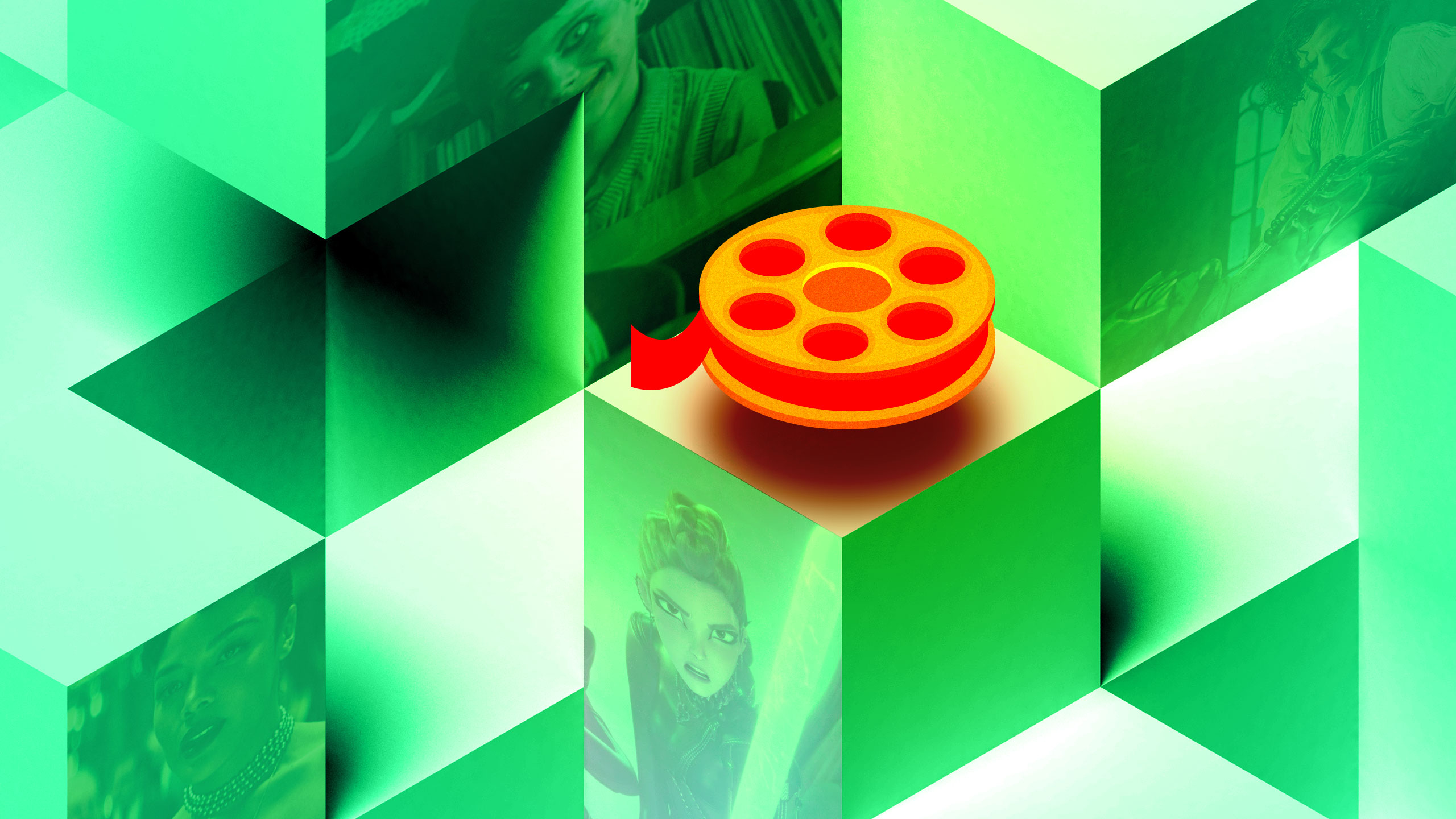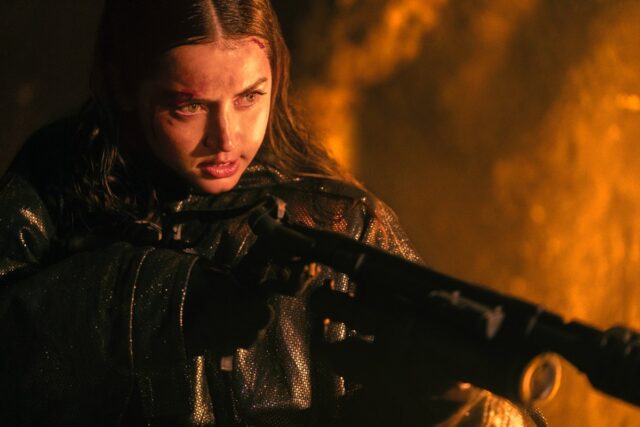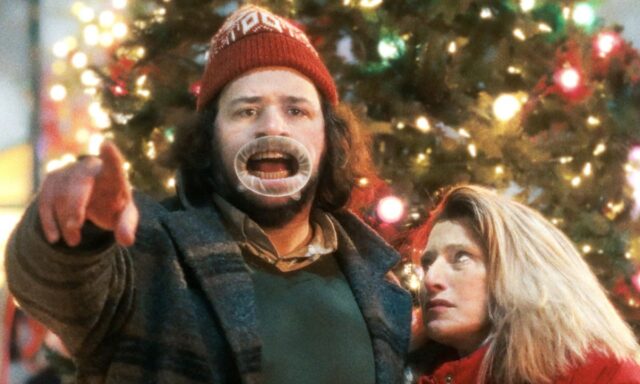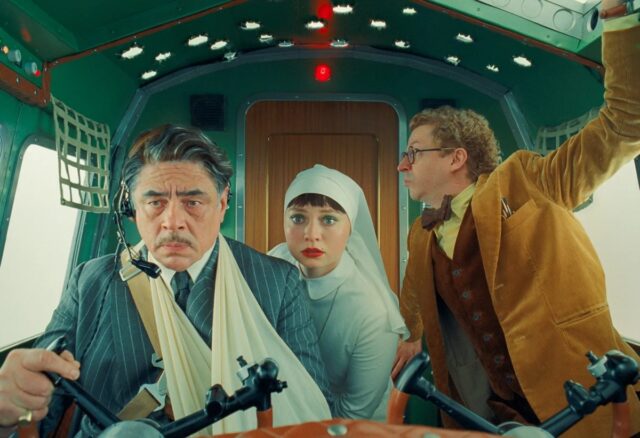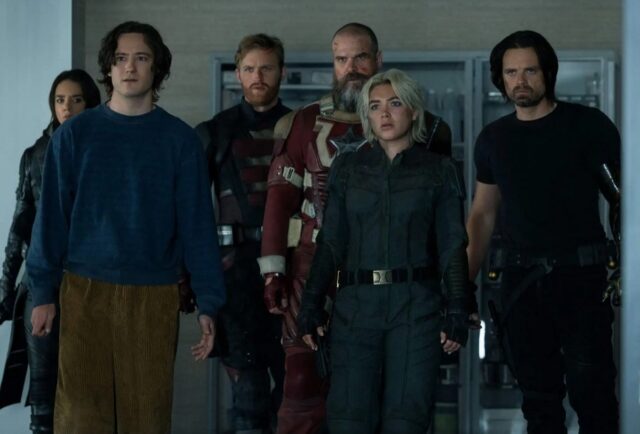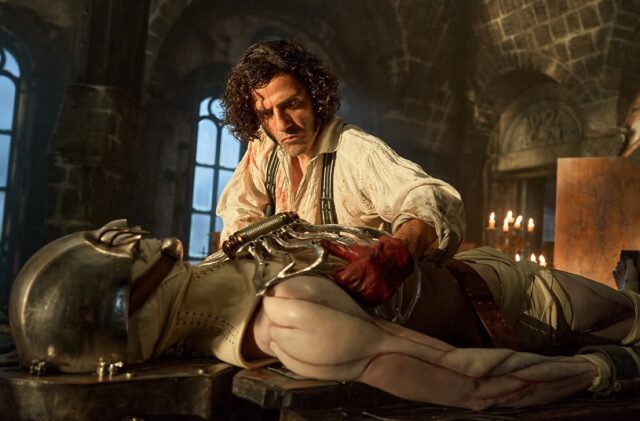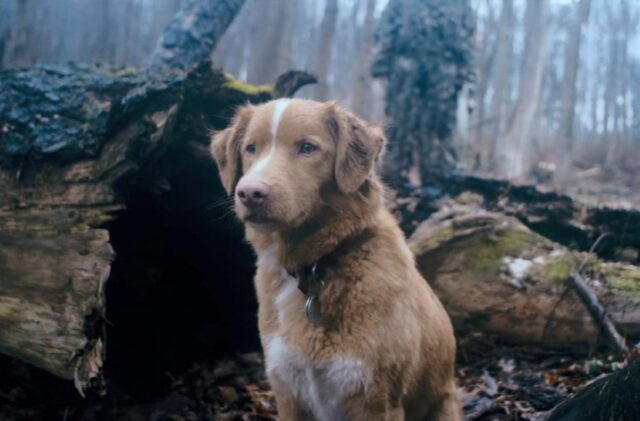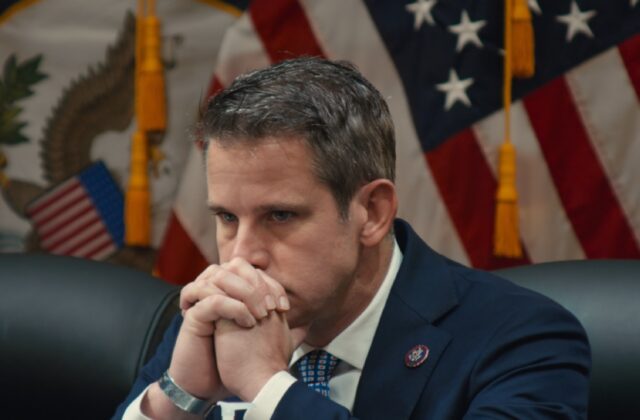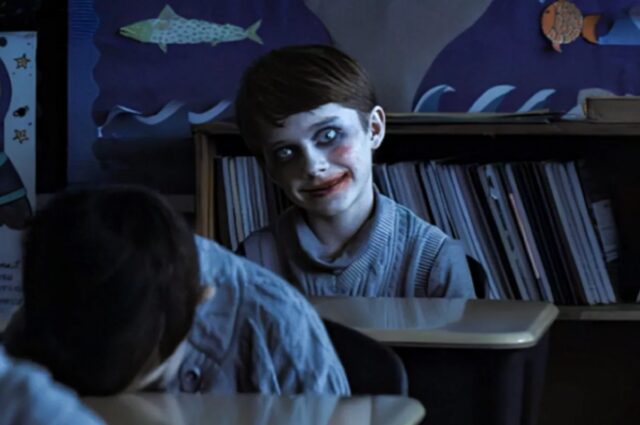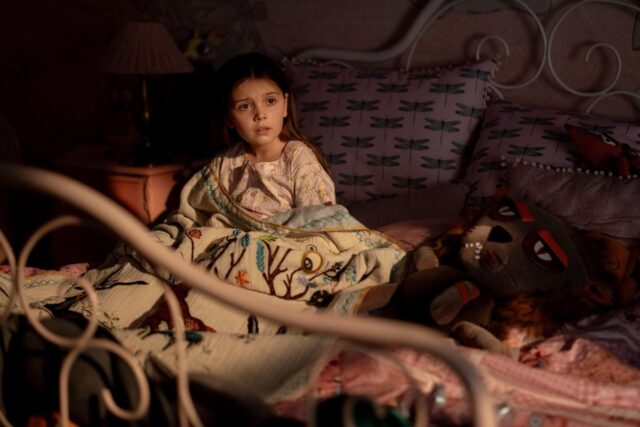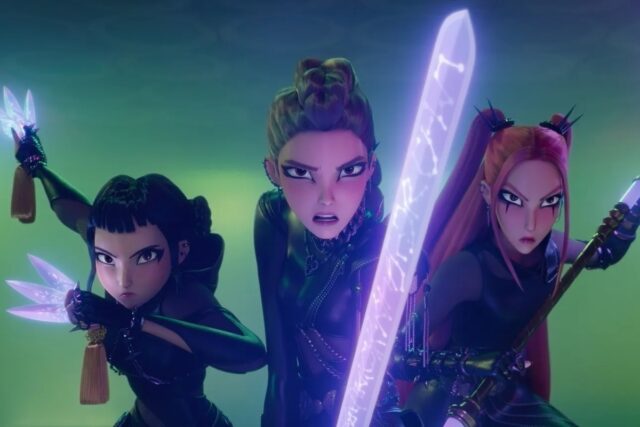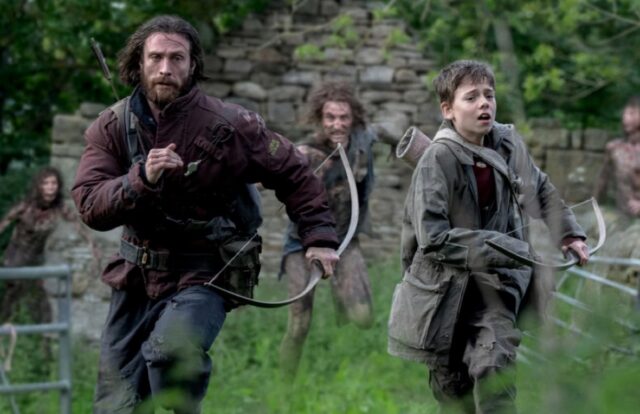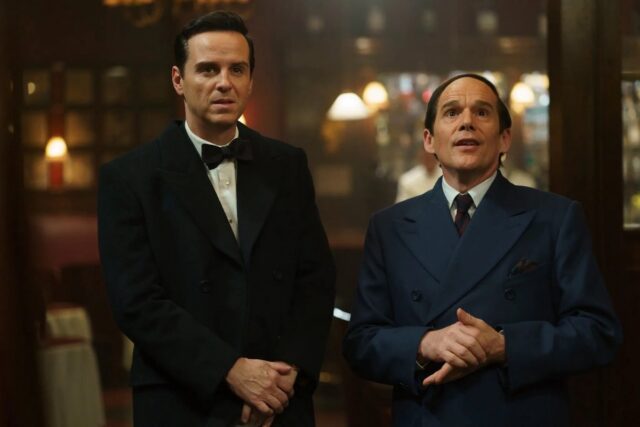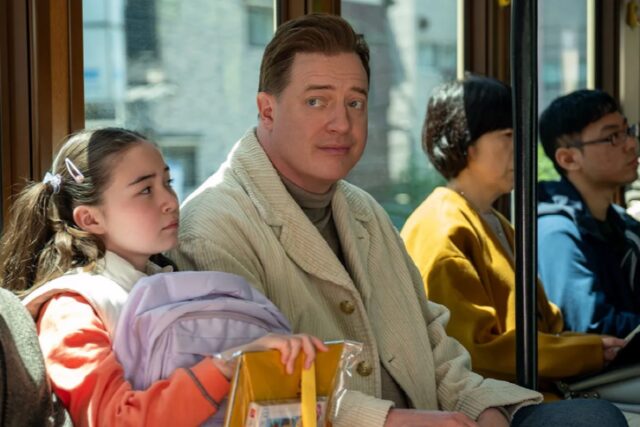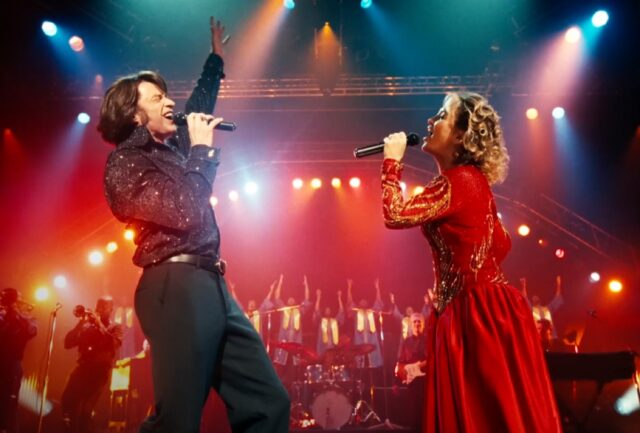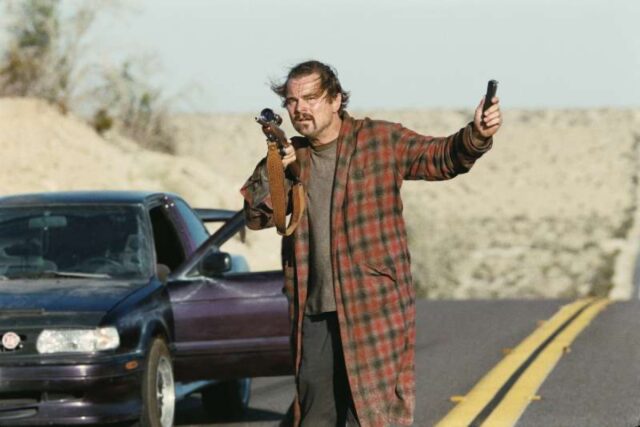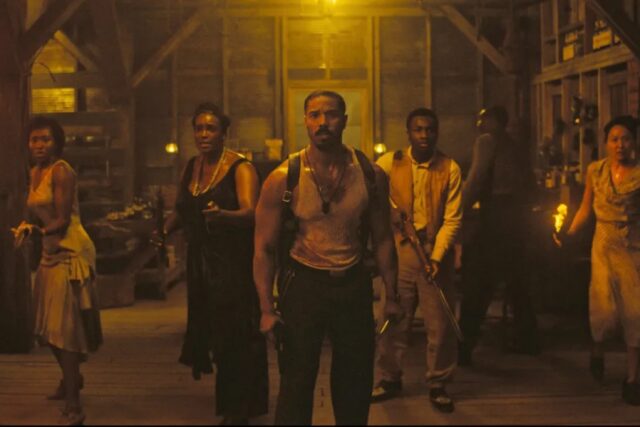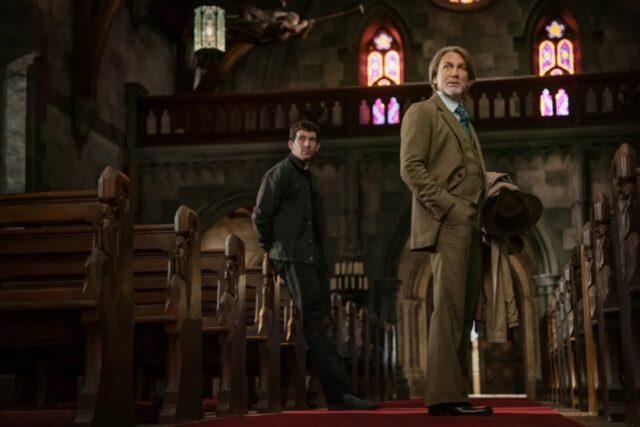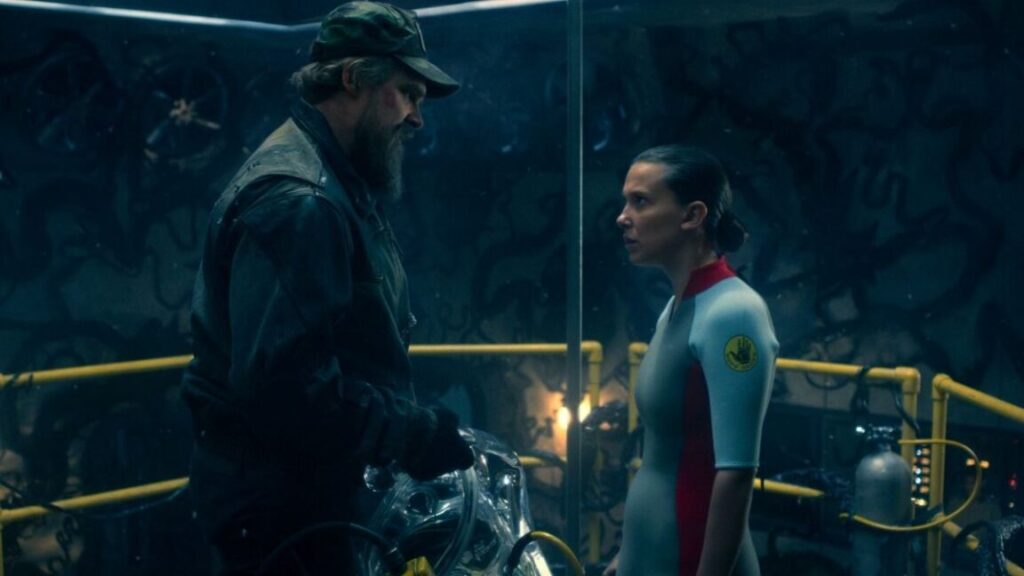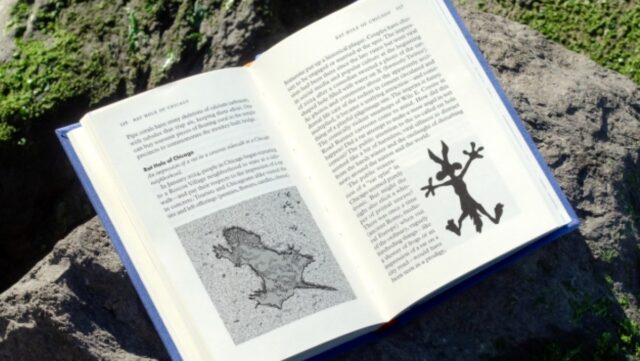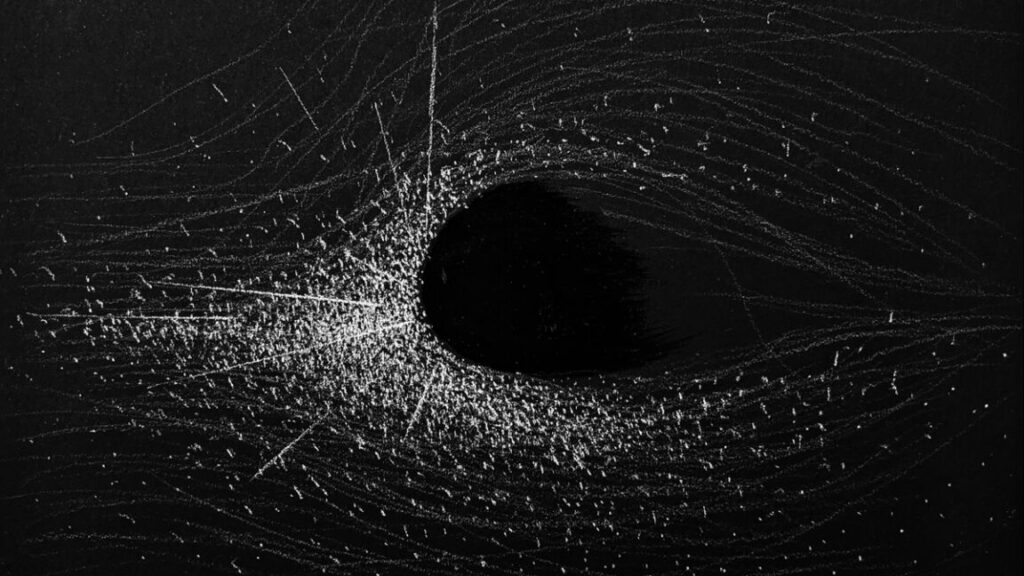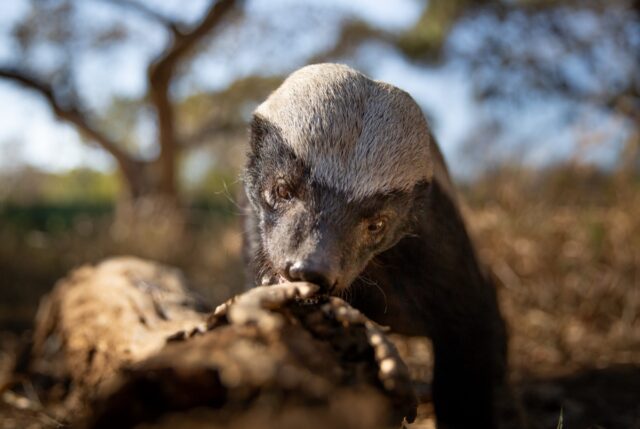Marvel rings in new year with Wonder Man trailer
Marvel Studios decided to ring in the new year with a fresh trailer for Wonder Man, its eight-episode miniseries premiering later this month on Disney+. Part of the MCU’s Phase Six, the miniseries was created by Destin Daniel Cretton (Shang-Chi and the Legend of Five Rings) and Andrew Guest (Hawkeye), with Guest serving as showrunner.
As previously reported, Yahya Abdul-Mateen II stars as Simon Williams, aka Wonder Man, an actor and stunt person with actual superpowers who decides to audition for the lead role in a superhero TV series—a reboot of an earlier Wonder Man incarnation. Demetrius Grosse plays Simon’s brother, Eric, aka Grim Reaper; Ed Harris plays Simon’s agent, Neal Saroyan; and Arian Moayed plays P. Clearly, an agent with the Department of Damage Control. Lauren Glazier, Josh Gad, Byron Bowers, Bechir Sylvain, and Manny McCord will also appear in as-yet-undisclosed roles
Rounding out the cast is Ben Kingsley, reprising his MCU role as failed actor Trevor Slattery. You may recall Slattery from 2013’s Iron Man 3, hired by the villain of that film to pretend to be the leader of an international terrorist organization called the Ten Rings.Slattery showed up again in 2021’s Shang-Chi and the Legend of the Ten Rings,rehabilitated after a stint in prison; he helped the titular Shang-Chi (Simu Liu) on his journey to the mythical village of Ta Lo.
A one-minute teaser that leaned into the meta-humor was released just before New York Comic Con last fall, followed by a full trailer during the event itself which mostly laid out the premise as Simon prepared to audition for his dream role. The new trailer repackages some of that footage, except Simon is asked to sign a form stating that he doesn’t have superpowers. The problem is that he does, and the stress of the audition and the acting process itself brings those superpowers to the fore in explosive fashion. So the “Department of Damage Control” naturally declares Simon an “extraordinary threat.”
Wonder Man premieres on Disney+ on January 27, 2026.
Marvel rings in new year with Wonder Man trailer Read More »
